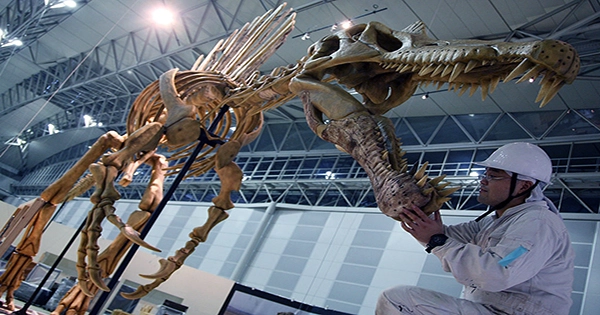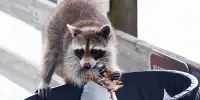The thick bones of Spinosaurus may have aided its ability to submerge in water as an aquatic predator. That’s the message from a recent article that compares elements of Spinosaurus’s bones to those of other animals, adding to the continuing debate concerning these dinosaurs’ lives. Yes, it’s another Spinosaurus: Aquatic or Not? Episode. IFLScience is your host, and today we’re looking at a report published in Nature that shows bone density might be a major indicator of how the world’s largest carnivorous dinosaur spent its days.
The finding of preserved clues pointing to an aquatic existence for Spinosaurus, spearheaded by University of Portsmouth paleontologist and National Geographic Explorer Dr. Nizar Ibrahim, re-energized the debate. Spinosaurus had paddle-like feet, a fin-like tail, and small hind limbs, all of which made it a “water-loving dinosaur,” according to Ibrahim. Did Spinosaurus, on the other hand, go for prey in the water? Or did it simply wade through the water like a colossal stork scavenging for food? (Some of its cousins were given the name “Crocodile-Faced Hell Herons.”)
Dr. Matteo Fabbri of the Field Museum in Chicago teamed up with Ibrahim to try a new technique to determine Spinosaurus’s lifestyle and ecology, using its skeletal structure as an indication. “Our study’s concept was that, sure, we can interpret the fossil evidence in a variety of ways.” But what about the rules of physics in general?” In a statement, Fabbri stated. “There are some rules that apply to all living things on our planet.” One of these rules deals with density and the capacity to float in water.”
Aquatic hunters require thick, compact bone to submerge underwater, since this aids in the animals’ buoyancy control. Fabbri and Ibrahim acquired data on the femur and rib bones of 250 extinct and current animals to compare against Spinosaurus and its cousins, Baryonyx and Suchomimus, with the support of an international team of experts.















